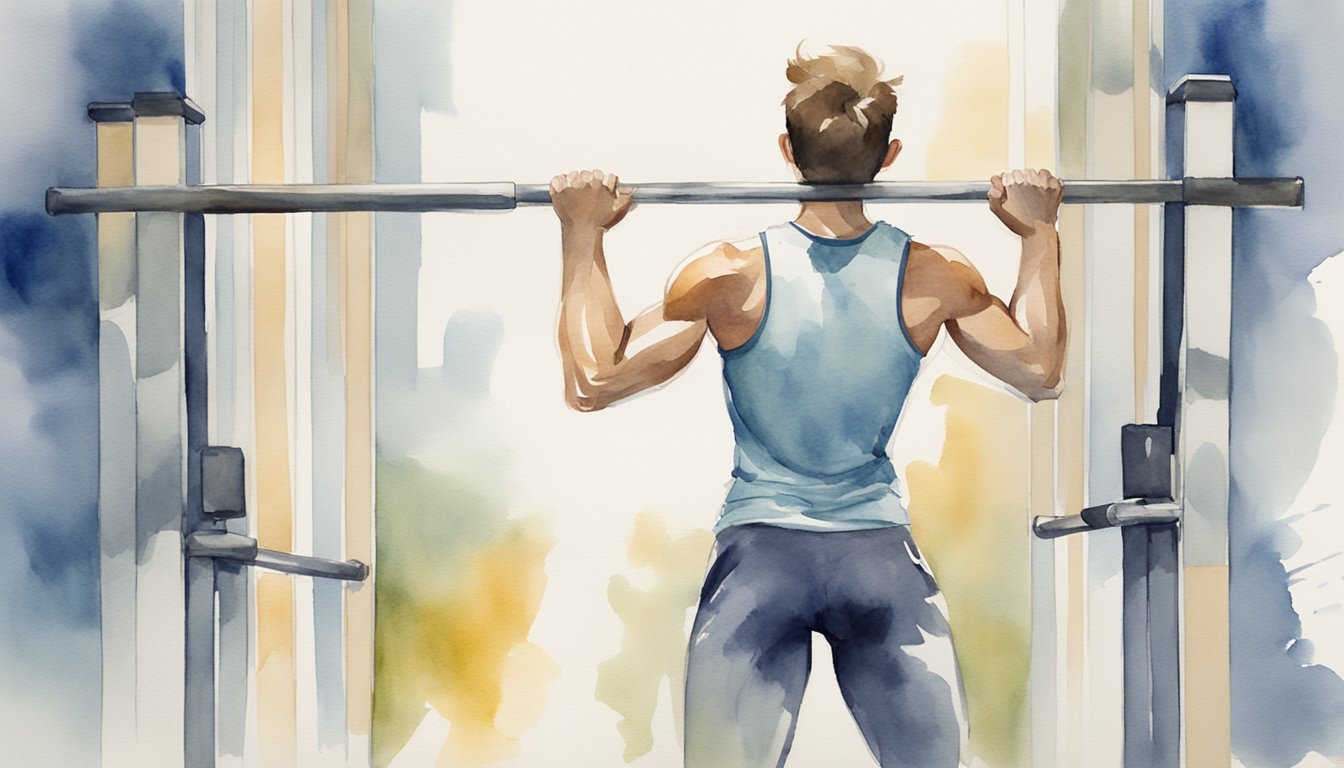Primary Muscles Targeted by Pull Ups
Back and Shoulder Muscles
Pull-ups primarily target the back and shoulder muscles. The latissimus dorsi (lats) are the largest muscles in your back, extending from the shoulder blades to the lower back. These muscles are essential for upper body strength and stabilizing the scapula. Along with the lats, pull-ups work the rhomboids, which connect the spine to the shoulder blades and aid in scapular stability.
The traps, or trapezius muscles, are another group of muscles that pull-ups engage. These muscles run from the base of your skull down to your mid-back, and they help maintain posture and facilitate shoulder movements. Additionally, the teres major and the rotator cuff muscles, such as the infraspinatus and teres minor, contribute to the shoulder and scapular movement during pull-ups.
Arm Muscles
Pull-ups are a compound exercise that also works the arm muscles. The biceps play a significant role in performing the movement. They flex the elbow, contributing to the upward pulling motion.
Triceps, though less involved in pull-ups, still receive some engagement. They act as stabilizing muscles during the movement. Furthermore, pull-ups target the forearms, working both the flexor and extensor muscles responsible for grip strength.
Core Engagement
The core muscles, including the abs and the erector spinae, are crucial for maintaining stability and proper form during a pull-up performance. As you pull yourself up, your abdominals and erector spinae work together to stabilize your spine and maintain balance.
In conclusion, pull-ups are an excellent compound movement that targets various muscles in the back, shoulders, arms, and core, leading to increased muscle mass and improved upper body strength.
Technique and Variations for Effective Pull Ups

Proper Pull-Up Technique
To perform a pull-up effectively, start by ensuring you have a full grip on the pull-up bar, with palms down and hands about shoulder-width apart. Keep your chest up, and look up at the bar. Begin by inhaling and pulling yourself up until your chin is over the bar or the bar touches your upper chest. Exhale and lower yourself with control until your arms are fully extended.
Common Mistakes to Avoid
Avoid making common pull-up mistakes such as using a kipping pull-up technique, which can lead to injury and inconsistent muscle development. Another mistake is to not fully extend your arms at the bottom of the movement, which causes lack of proper range of motion and reduces the effectiveness of the exercise. Additionally, ensuring proper hand placement and grip strength is crucial for maintaining correct form and preventing wrist injuries.
Pull-Up Variations and Progressions
As your pulling strength increases, consider trying different pull-up variations to challenge your muscles and improve your skills. Some of these variations include:
- Chin-Ups: Use an underhand grip (palms facing you) for this variation, which puts more emphasis on the biceps and brachialis muscles.
- Neutral Grip Pull-Ups: Use parallel bars or a specialized pull-up bar with neutral grip handles. This variation is easier on the wrists and focuses on different muscle groups.
- Weighted Pull-Ups: Add resistance by using a weight belt with plates, or by holding a dumbbell between your ankles. This variation targets muscle hypertrophy and increases overall strength.
For those still working on their first pull-up, consider using banded pull-ups or assisted pull-up machines to help develop proper form and strength. Another alternative is to practice inverted rows or lat pulldowns to build the necessary foundation for a successful pull-up.

